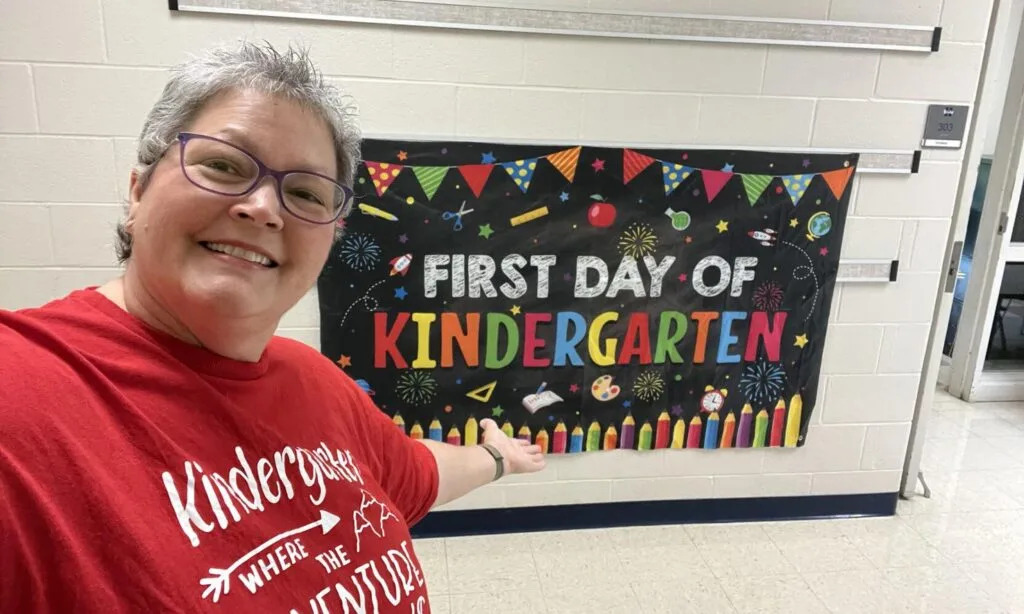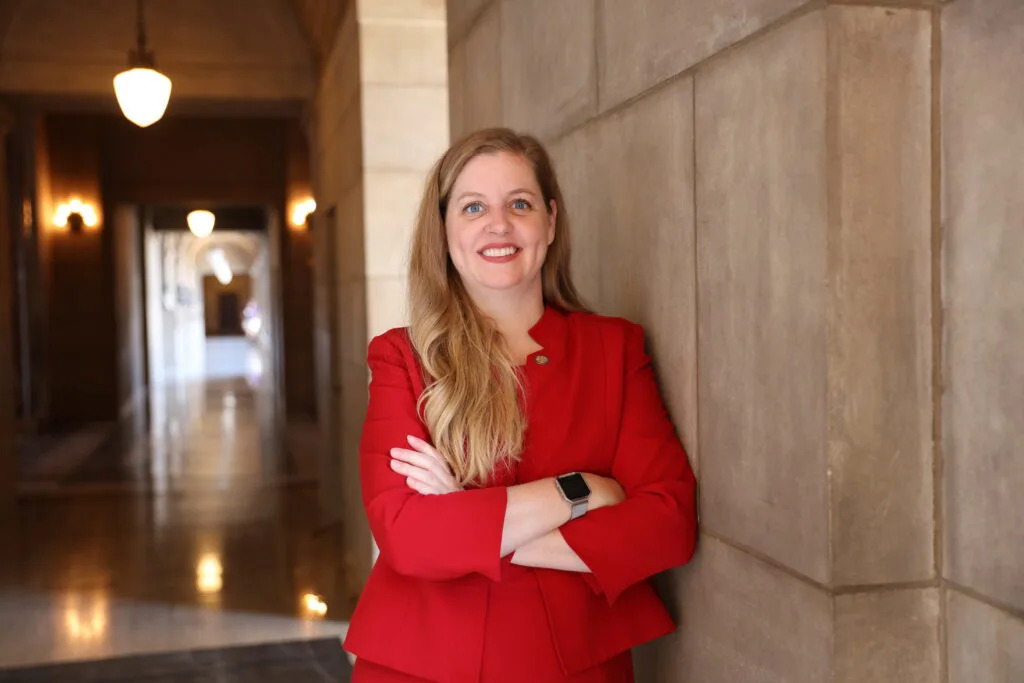
A view from outside a Chesterfield County School. (Photo courtesy of Chesterfield County Public Schools)
Some Virginia classrooms are embracing top-tier teaching tools — but others are barely touching them. A new statewide survey finds wide disparities in how English and math teachers use high-quality instructional materials (HQIM), underscoring the challenge of lifting student performance.
With a 23% response rate, the survey by the Johns Hopkins Institute for Education Policy found that 37% of Virginia’s K-12 English teachers are partially using materials that partially align with high-quality, while only 10% of math teachers report doing so.
HQIM, used in states like Florida and Texas, is identified through a rigorous process to ensure alignment with state learning goals and research-based practices. The study comes as Virginia continues efforts to improve assessment testing.
Chad Stewart, policy analyst for the Virginia Education Association, told The Mercury that the state’s involvement would be crucial because teachers — including VEA members — want access to the best curricular materials.
“They’re in the classroom and they can’t do all the work to sift through the 10 curricular textbook options out there and identify what is the best material and the best lesson plans,” said Stewart. “They need a little bit of flexibility to differentiate for their kids in the context of what they’re teaching; but most teachers do want handed to them some high-quality templates to build off of for their lesson plan.”
Last year, K-12 English and math teachers participated in an anonymous Teacher Survey of Curriculum Use to determine what materials are in use and how they are applied in the classroom.
The 10- to 15-minute online survey, conducted from Sept. 5 to Oct. 16, 2024, was presented to the Board of Education on July 30.
The survey revealed stark differences within districts. In Fairfax County, 88% of English teachers reported using HQIM, compared to just 2% of math teachers. In Virginia Beach, 31% of English teachers use HQIM versus 34% of math teachers.
During the 2025 General Assembly session, lawmakers proposed ways to help teachers gain better access to these resources. In April, they passed House Bill 2777, which updates the review process to ensure HQIM aligns with state assessments and teaching strategies, ultimately creating a state-vetted list of such materials.
Dr. David Steiner, founder of the Institute for Education Policy at Johns Hopkins, recommended that Virginia provide professional development, which he said is “crucial.”
“The implementation of HQIM is useless if teachers don’t use it,” Steiner said.
He added that research suggests that teachers resist HQIM because “they don’t believe their students can use the materials, because they themselves are nervous about the level of their knowledge in the subjects, and therefore they water them down, they leave them on the shelf.”
Steiner also noted that when students are not proficient in English and math, as is the case in Virginia, additional support is needed for students with special needs and English Language Learners. He called teachers the “best ambassadors” for promoting HQIM.
“It is important that principals and teachers get exposure to why they should be using this material, the persuasive stories of its use, the success stories,” Steiner said. “It’s teacher to teacher, principal to principal, superintendent to superintendent. We cannot just think that we can parachute this stuff in and it will somehow blossom and be used effectively.”
Board of Education President Grace Creasey, an appointee of Gov. Glenn Youngkin, said the state can offer the tools, but one challenge is maintaining continuous professional learning for teachers and instructional leaders.
Teacher evaluators, including principals, should also know and understand the curriculum being delivered in every classroom, Creasey said, “deeply enough so that they’re not simply going into a classroom to evaluate a teacher on their ability to manage their classroom.”
She said that while classroom management is essential to a teacher’s evaluation, another critical component is how effectively they teach content.
“We are very intent on ensuring teachers know how to deliver their content,” Creasey said, “and that’s something that I think we’ve got to start with in our classroom, our building principals, assistant principals and evaluators on before we can move into really aiming at continuous professional learning at our teachers.”
SUBSCRIBE: GET THE MORNING HEADLINES DELIVERED TO YOUR INBOX







Comments